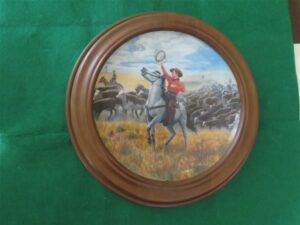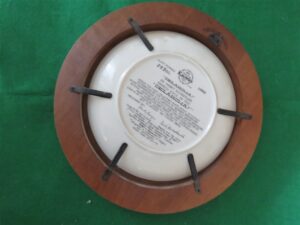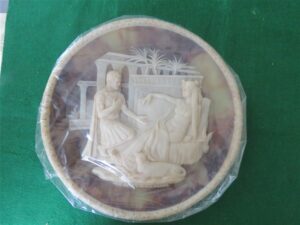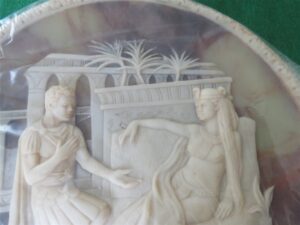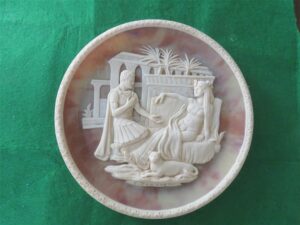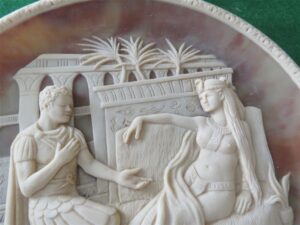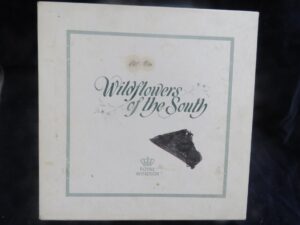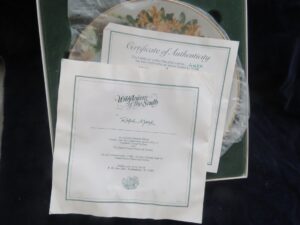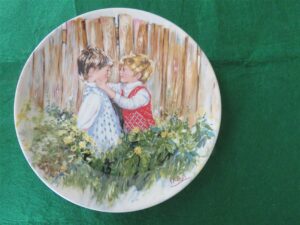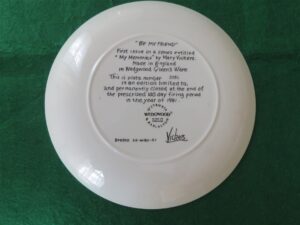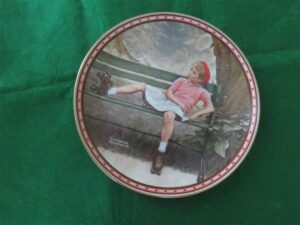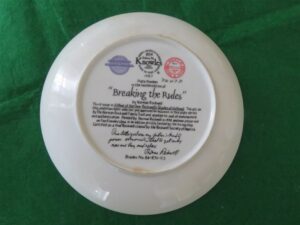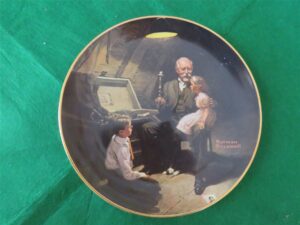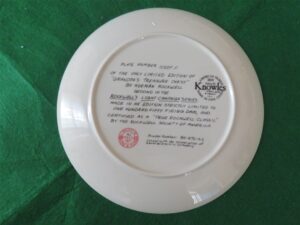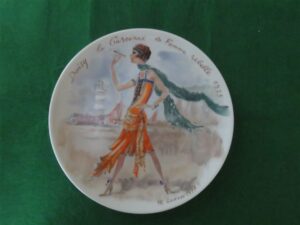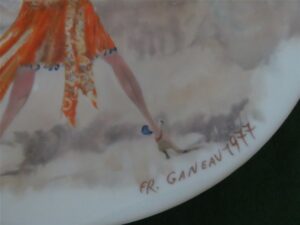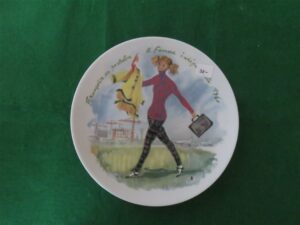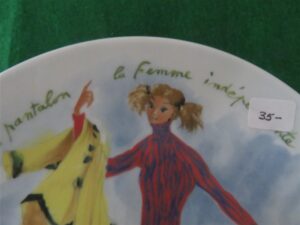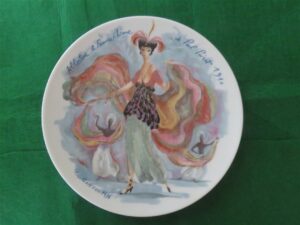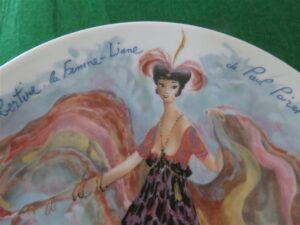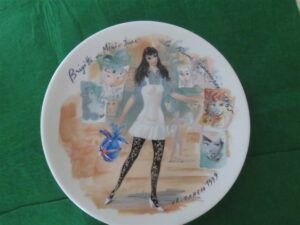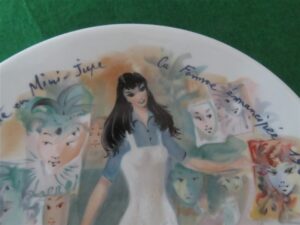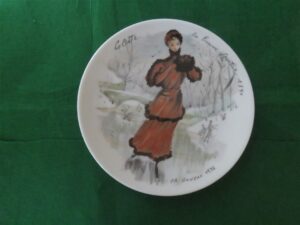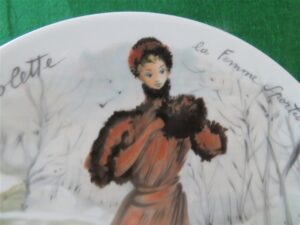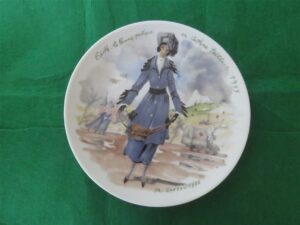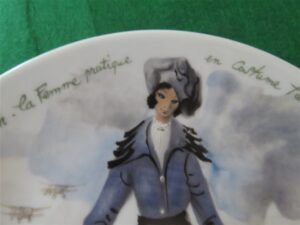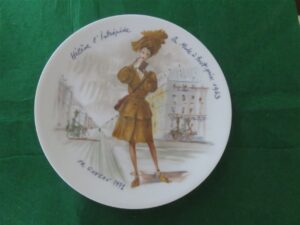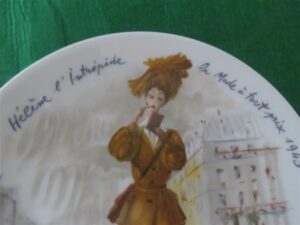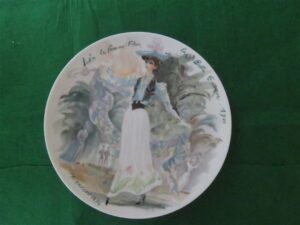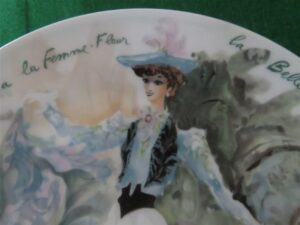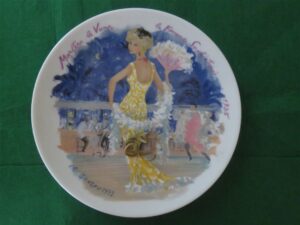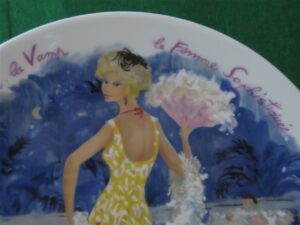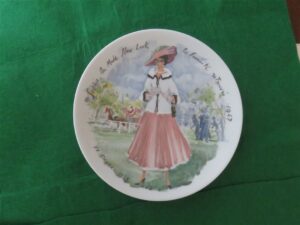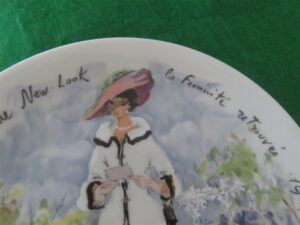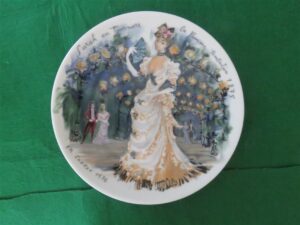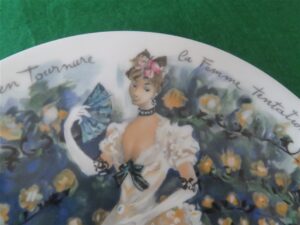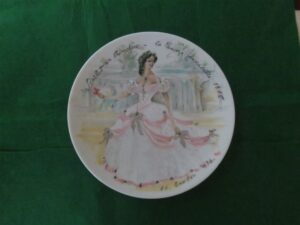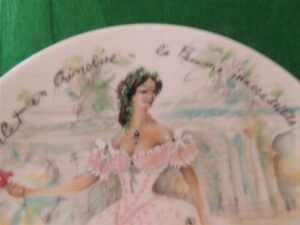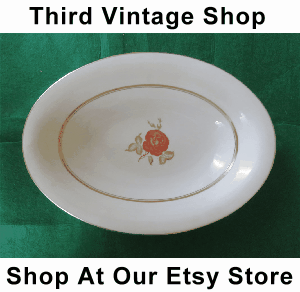Collector Plates
Showing 1–20 of 103 results
Showing 1–20 of 103 results
Collecting collector plates is a popular hobby that appeals to many enthusiasts due to the artistic value, historical significance, and nostalgic themes often associated with these items. Here are some key points to consider if you’re interested in starting or expanding a collector plate collection:
1. Types of Collector Plates
- Limited Edition: Often produced in smaller quantities and may come with certificates of authenticity.
- Theme-Based: Plates featuring specific themes—such as wildlife, nature, famous artworks, or historical events.
- Commemorative Plates: Created to commemorate specific events, anniversaries, or milestones (e.g., royal weddings, national holidays).
- Artist Plates: Plates featuring original artwork by well-known artists.
2. Materials and Manufacturing
- Porcelain and China: Most collector plates are made from fine porcelain or china, known for their durability and ability to hold intricate designs.
- Materials: Consider the weight, finish, and overall quality of the plates.
3. Caring for Your Collection
- Display: Use plate holders or wall mounts to showcase your collection without damaging the plates.
- Cleaning: Regularly dust the plates with a soft cloth. Avoid harsh chemicals that could harm the finish.
- Storage: For plates not on display, wrap them in acid-free tissue and store them in a cool, dry place. Consider using padded boxes for extra protection.
4. Value and Investment
- Rarity and Condition: The rarity of a plate and its condition significantly influence its value. Look for plates without chips, cracks, or color fading.
- Market Research: Keep an eye on collector markets, auctions, or appraisals to determine the value of your plates.
5. Finding Plates
- Antique Shops and Flea Markets: Great places to discover unique and vintage plates.
- Online Auctions and Marketplaces: Websites like eBay, Etsy, or specialized collector sites often have a wide range of options.
- Collector Shows: Attending collector conventions or shows can provide opportunities for networking and learning from other collectors.
6. Connecting with Other Collectors
- Joining Clubs or Groups: Consider joining local or online collector clubs where you can share knowledge, trade, and display collections.
- Social Media: Platforms like Facebook and Instagram have groups and pages dedicated to collector plate enthusiasts.
7. Documentation
- Cataloging: Keep an inventory of your collection, including details such as the manufacturer, year of production, theme, and any notable history.
- Photography: Take photos of your plates for visual records and insurance purposes.
Conclusion
Collecting collector plates can be a rewarding experience that combines artistry with history. Whether you are drawn to specific themes, artists, or manufacturers, the key is to enjoy the process of collecting and the stories each plate tells. Happy collecting!

